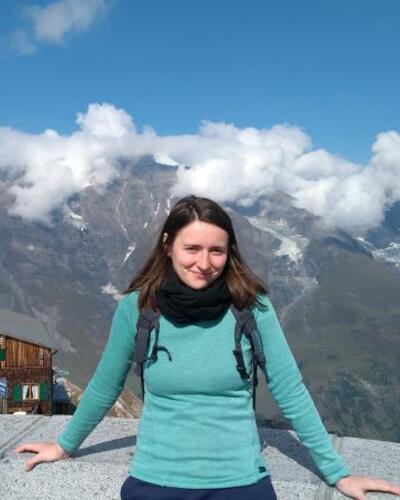Early Holocene insights into a warmer, wetter Arctic: glacier variability and surface changes
PhD candidate: Andreea-Gabriela Auer

Hovedinnhold
This PhD research is carried out within the context of the TMS-funded PASTFACT project, which seeks to provide quantitative past constraints on a warmer and wetter future Arctic climate.
The Arctic is experiencing unprecedented environmental change - besides the fact that the region is warming faster than anywhere else on the planet, the hydrological cycle is also intensifying and will continue to do so throughout the 21st century. However, the course of these changes in the near future is uncertain: climate models often provide contrasting results with regards to the magnitude and phase of future precipitation. This uncertainty of predictions is mostly attributed to the fact that climate models are poorly constrained by instrumental observations, while future change will exceed that range. An opportunity to better constrain models lies within the geologic record of environmental responses to climate change during warmer-than-present intervals.
With this in mind, my PhD project is focused on disentangling the pace and pattern of Early Holocene glacier and Arctic surface changes. During this time interval, despite the warm temperatures, there is still evidence of surviving and even advancing glaciers and ice caps, one relevant example being Åsgardfonna on NE Svalbard. As a result, the glacier-fed lakes that dot the landscape in the area, as well as the landscape itself, contain valuable, untapped information.
I am analyzing the sediments accumulated in these lakes through a multi-proxy approach that includes visual (Computed Tomography scanning), physical (grain size, organic content, density), geochemical (X-Ray Fluorescence, X-ray Diffraction), and geophysical (seismic data) tools, and contextualizing the results with high-resolution remote sensing products and (crypto)tephrochronology. The knowledge gained through this work will complement and support other work packages that pertain to the PASTFACT project, such as biomarker-derived estimates of temperature, and will be integrated into a model-based framework that contributes to a better understanding of the impacts of a warmer and wetter future Arctic.
Main supervisor: Willem van der Bilt
Project period: March 2022 – February 2026

